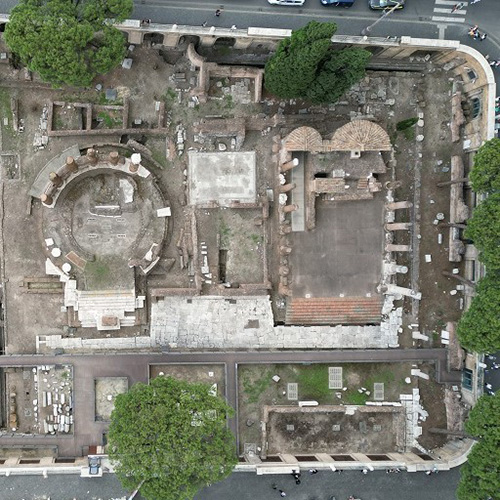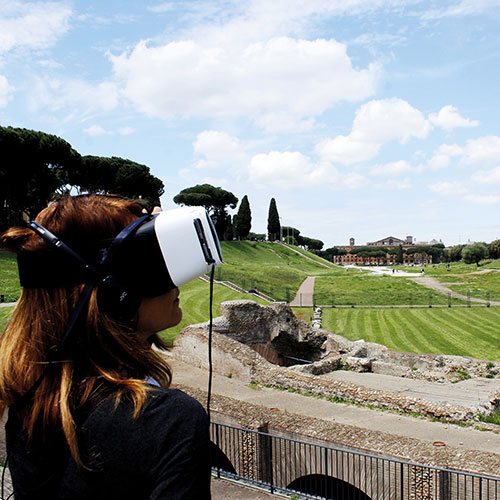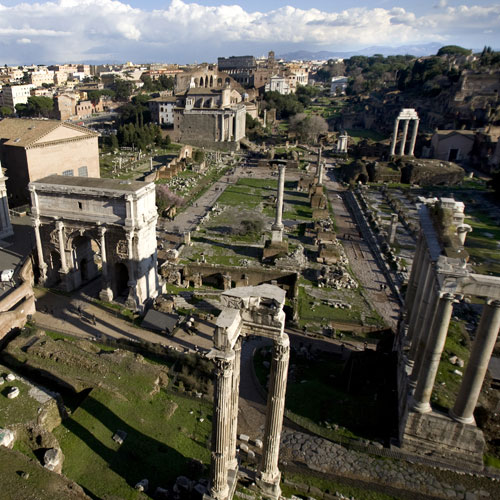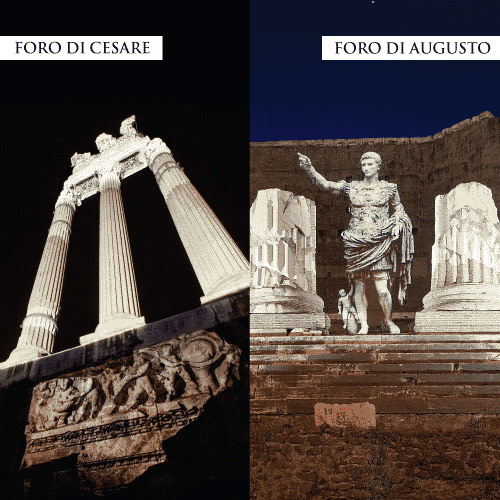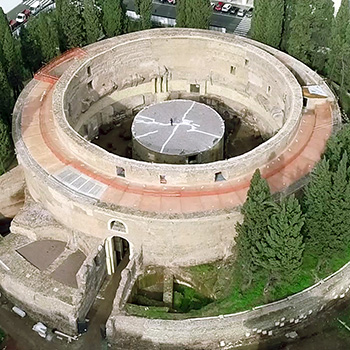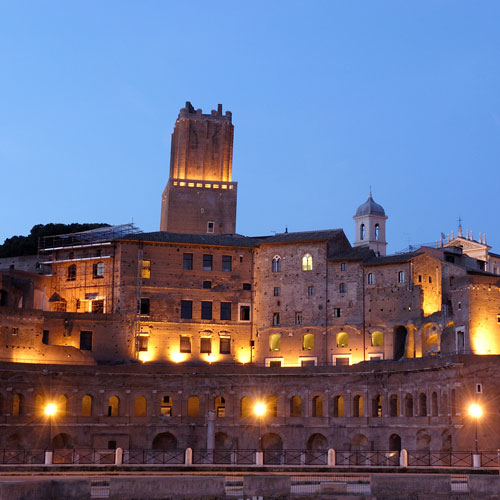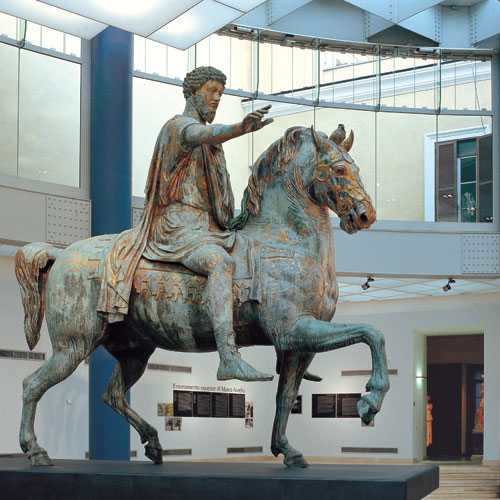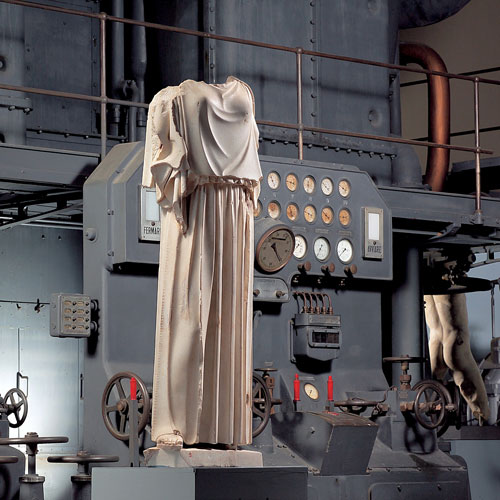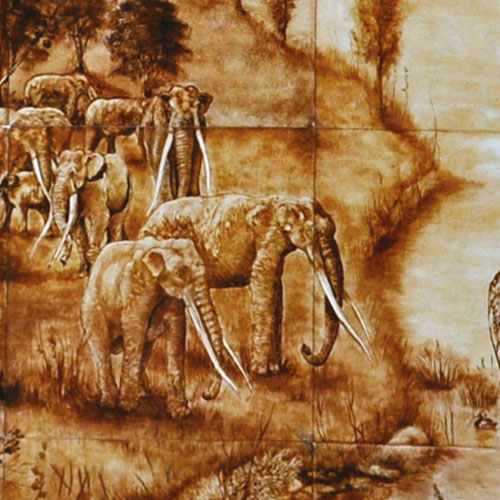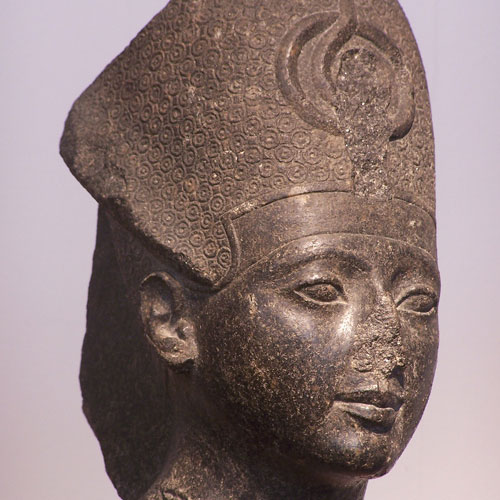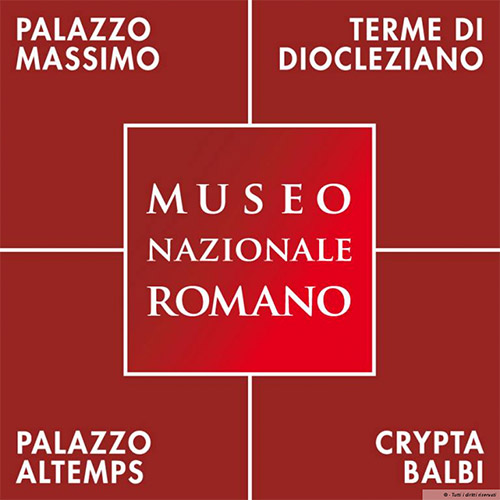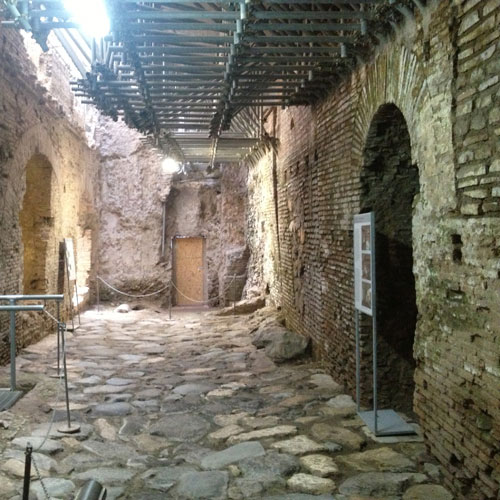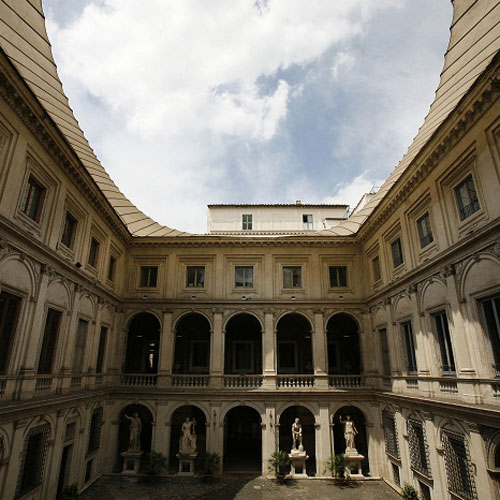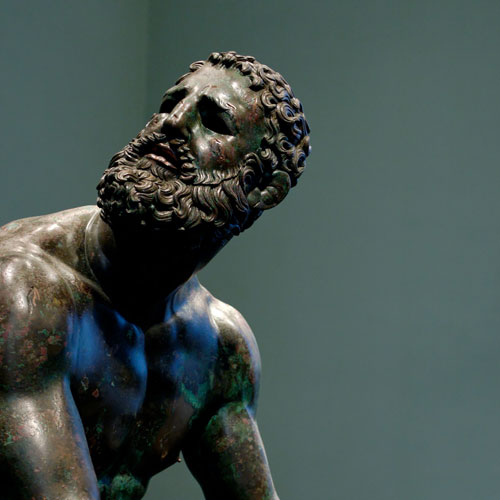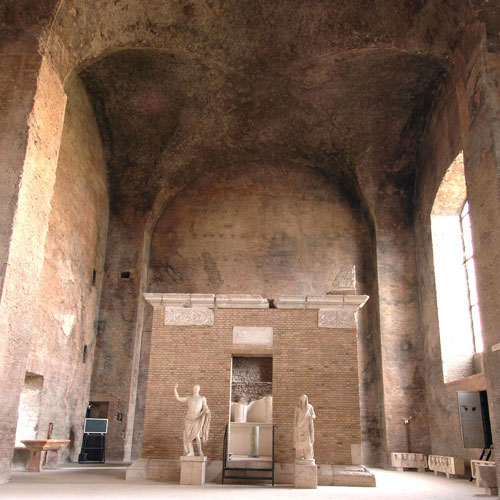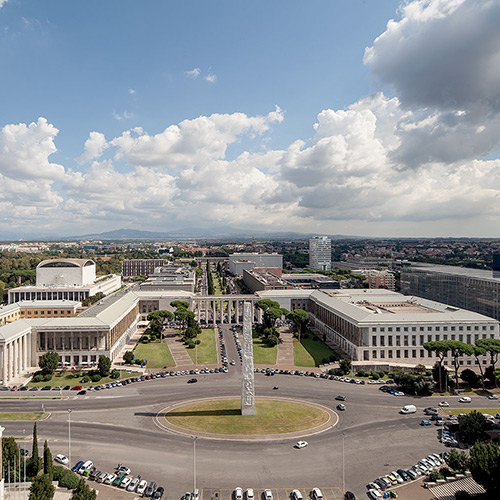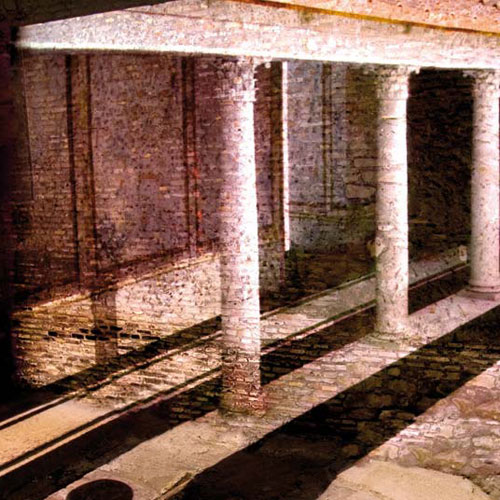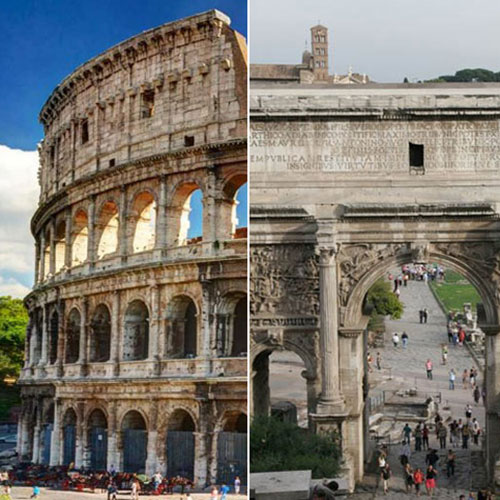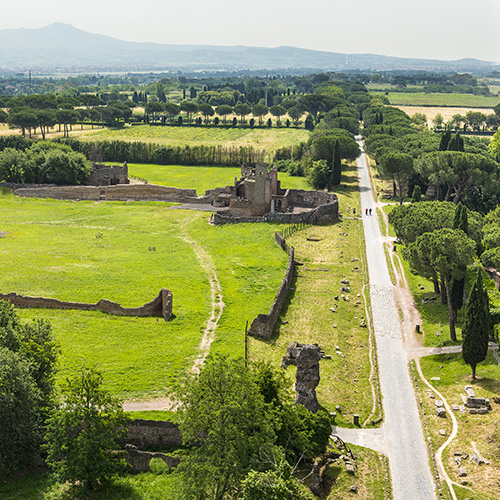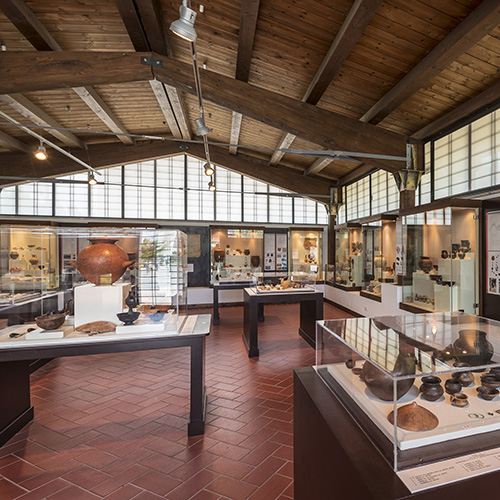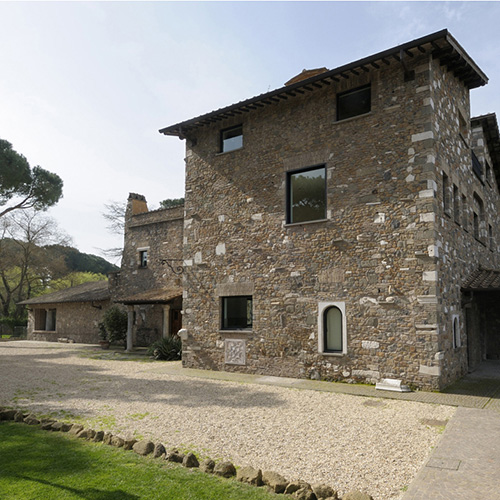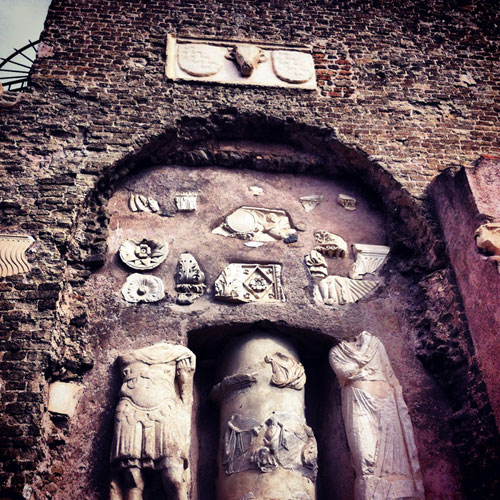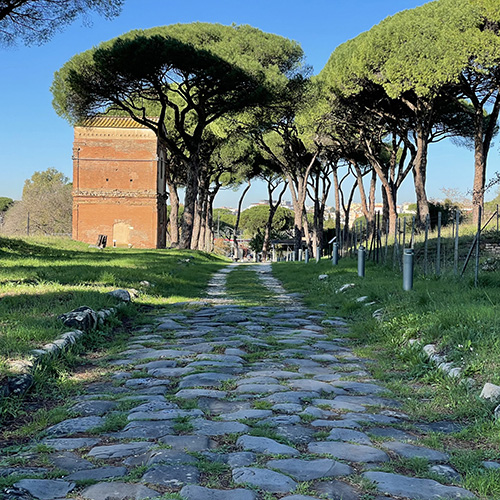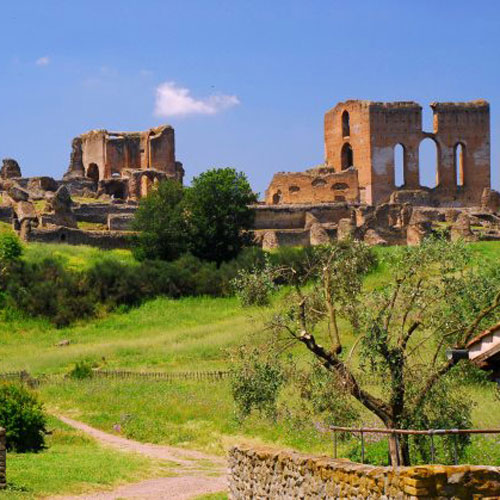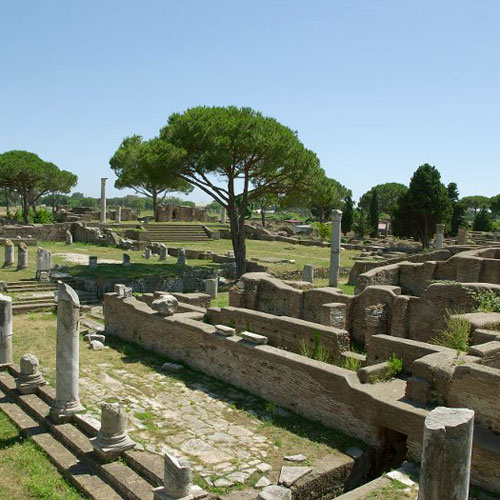Museums
Along an extraordinary itinerary that will take you on a path through history, art and culture, the Roma Pass network including over 45 monuments, museums, archaeological sites and Experiences, represents an unicum among the cultural riches thanks to the wideness and prestige of the offer and the numerous initiatives housed in.
Free entrance with Roma Pass 72 Hours and Roma Pass 48 hours includes the exhibition held in the museum.
The variety depends on its collections - archaeological, modern, contemporary - as well as the museum typology. Roma Pass circuit actually includes: the Musei Capitolini, the oldest museum in the world open to the public; the Ara Pacis, a superb architectural work to have been built nowadays; the Centrale Montemartini, where classical statues are displayed among the old engines of the first public electricity plant in Rome.
The cultural heritage of the Roma pass network makes you explore world famous, unique sights: the Colosseo (mandatory reservation FAQ 7.1), the largest arena of the ancient world; the monumental complex of the picturesque Appia Antica; the Musei Capitolini, the most ancient public museum in the world; Castel S. Angelo, the fascinating Papal fortress.

